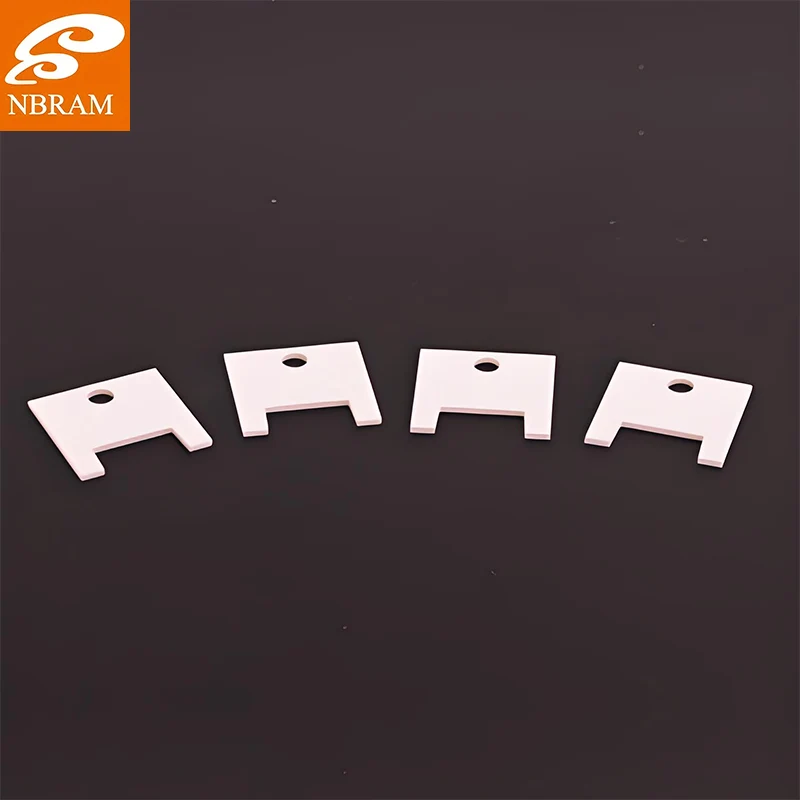After troubleshooting countless heating failures in precision equipment, I've seen how NBRAM's Ceramic Heating Plate technology transforms manufacturing consistency. Our plates deliver unparalleled temperature uniformity (±2°C across entire surfaces) and rapid thermal response that eliminates hot spots ruining product quality. When you purchase these ceramic heating solutions, you're investing in reliability that ensures perfect performance in medical sterilization, food processing, and laboratory applications where temperature control cannot compromise.
I'll never forget the optical coating manufacturer who was ready to scrap $500,000 worth of equipment due to thermal expansion issues from metal heating elements. Their shift to our ceramic heating plate not only saved their operation but achieved coating tolerances they thought impossible. NBRAM's ceramic heating technology leverages high-purity alumina's unique properties - excellent thermal conductivity paired with superior electrical insulation - making these plates ideal for applications where precision thermal management is critical.
That memory of the semiconductor cleanroom still vivid - they were losing 18% yield from microscopic hot spots until our ceramic heating plate provided perfectly uniform heating. The homogeneous nature of ceramic distributes heat evenly without the variations that plague metal elements. These plates excel in medical equipment where temperature consistency saves lives, food packaging where seal integrity depends on thermal precision, and laboratory instruments where measurement accuracy requires stable thermal conditions. One electronics manufacturer reduced energy consumption by 31% simply by switching to our ceramic technology.
Let me share the specs that matter on the production floor. Our ceramic heating plates range from 100x100mm to 600x600mm sizes, with operating temperatures reaching 800°C for standard models and 1200°C for high-temperature versions. Power density spans 1-5W/cm², while temperature uniformity maintains ±2°C across the entire surface - something I insisted on after seeing how minor variations wreck thermal processes. Insulation resistance exceeds 100MΩ at 500V DC, and the thermal response time is under 90 seconds to reach operating temperature from cold start.
The craftsmanship in our ceramic heating plate production reminds me of watchmaking - every detail matters. We start with vacuum-processed alumina powder graded to micron-level consistency, because I learned early that particle size variations create thermal hotspots. Isostatic pressing ensures density uniformity that's crucial for consistent performance. The heating elements are screen-printed using proprietary conductive inks that maintain integrity at extreme temperatures - a solution we developed after conventional elements failed during thermal cycling. Each plate undergoes infrared imaging and thermal stress testing that simulates years of operation in days.
